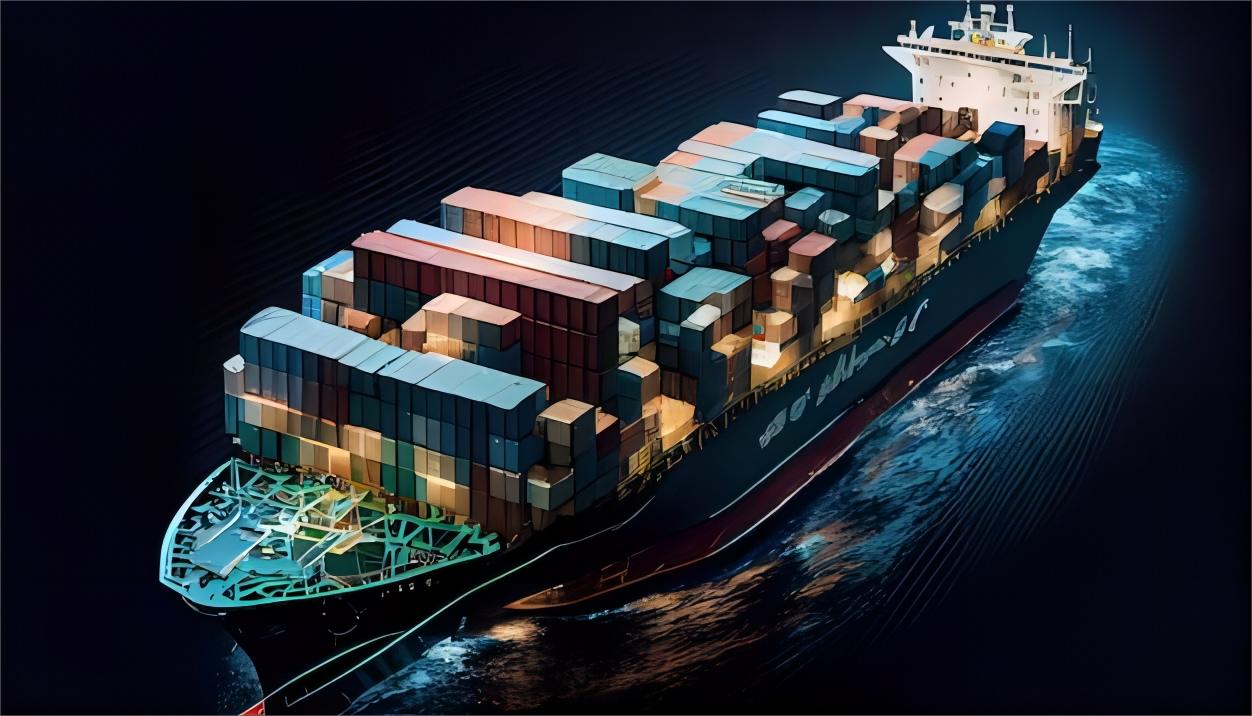- By muchen zheng
- February 20, 2025
- FAQ, Transport

In the international logistics field, frequent transportation delays have emerged as a significant obstacle. In this article, we will explore the breaking – through strategies to address this issue.
1. Analyzing the Root Causes of Delays
Inadequate Logistics Planning
Many logistics enterprises do not plan meticulously. They often misjudge the demand, which causes a shortage of transportation resources like trucks, ships, or airplanes. For instance, during holiday shopping seasons, the miscalculation of cargo volume leads to over – crowded shipping space, resulting in delays.
Complicated Customs Operations
Customs procedures are complex. Logistics companies sometimes submit incomplete documents or wrongly classify goods, which triggers customs inspections and delays. Different countries’ customs regulations vary, and insufficient understanding can make shipments stuck at the border.
External Influences
Natural disasters such as typhoons, blizzards, and hurricanes can disrupt transportation schedules. Besides, geopolitical events like trade disputes and port strikes also seriously affect the normal flow of international logistics.
2. Breaking – through Strategies for Delays
Strengthening Planning and Forecasting
Logistics companies should take the initiative to use advanced data analysis tools. By analyzing historical data, market trends, and seasonal variations, they can predict demand more accurately and allocate resources rationally. This proactive way can avoid over – booking and ensure smooth transportation.
Simplifying Customs – related Work
Logistics firms need to cooperate closely with customs brokers. They should make sure all documents are accurate and complete. Also, they can actively participate in customs pre – clearance programs if available. This can reduce the time at the border and lower the risk of customs – related delays.
Diversifying Transportation Routes
To reduce the impact of external factors, logistics providers should establish alternative transportation routes. For example, if one sea route is often affected by bad weather, having a backup route can keep the goods moving. This also helps when geopolitical issues cause disruptions.
Utilize China Top Freight to help solve the problems you are facing. Contact us today to embark on your smooth transportation journey!


